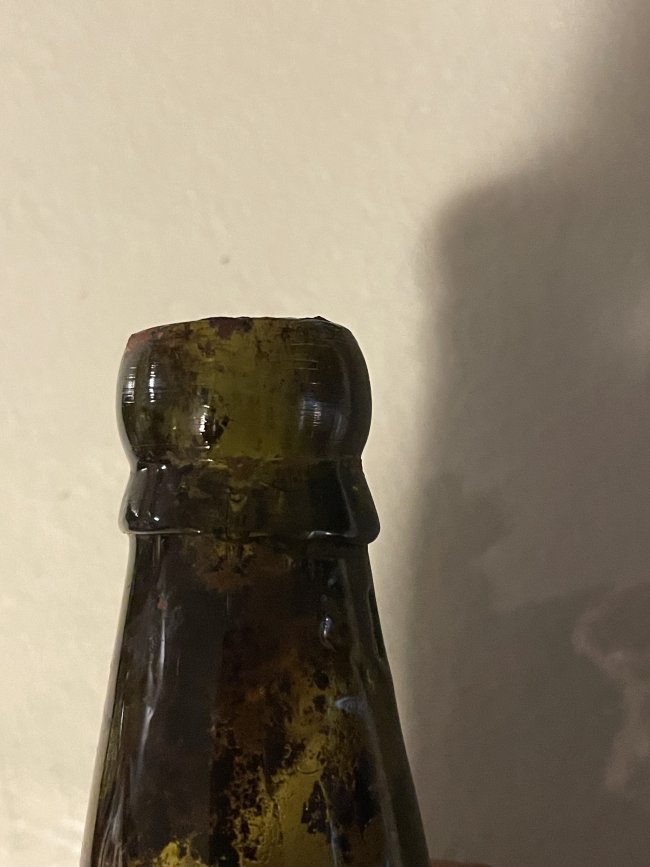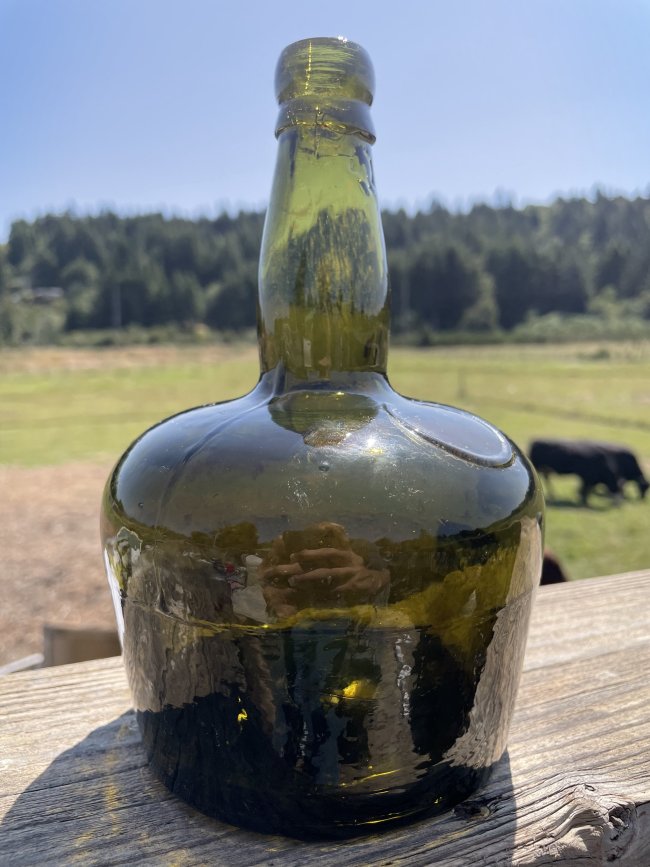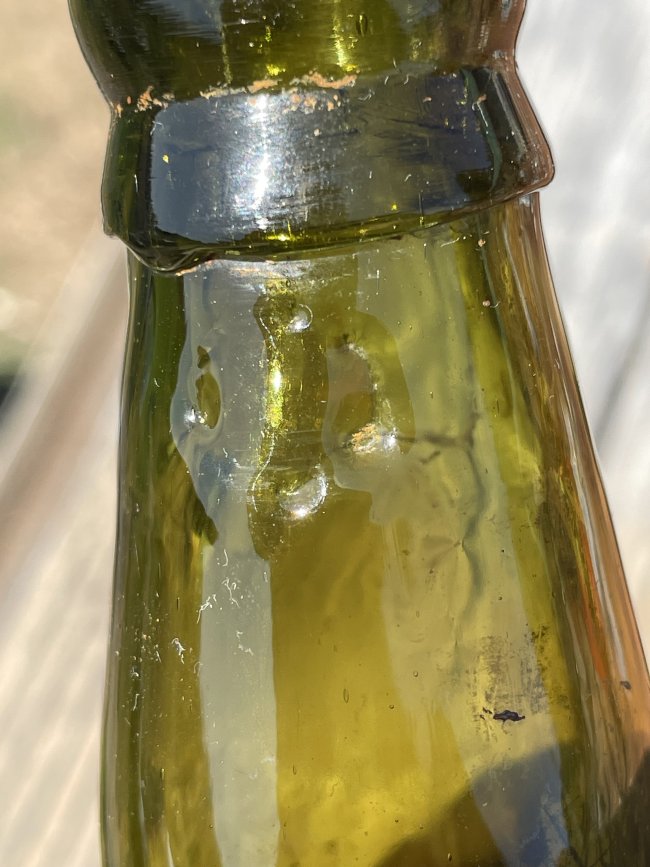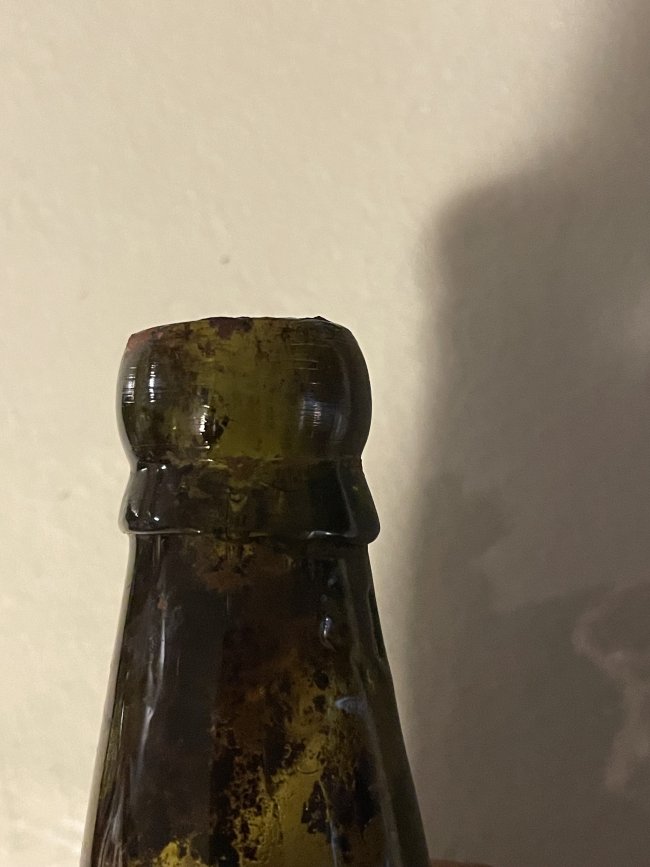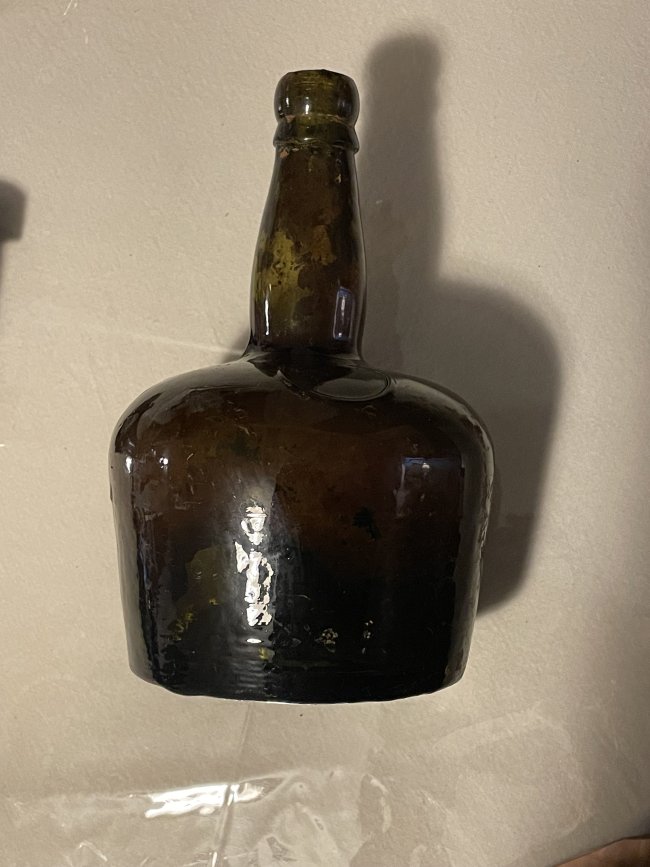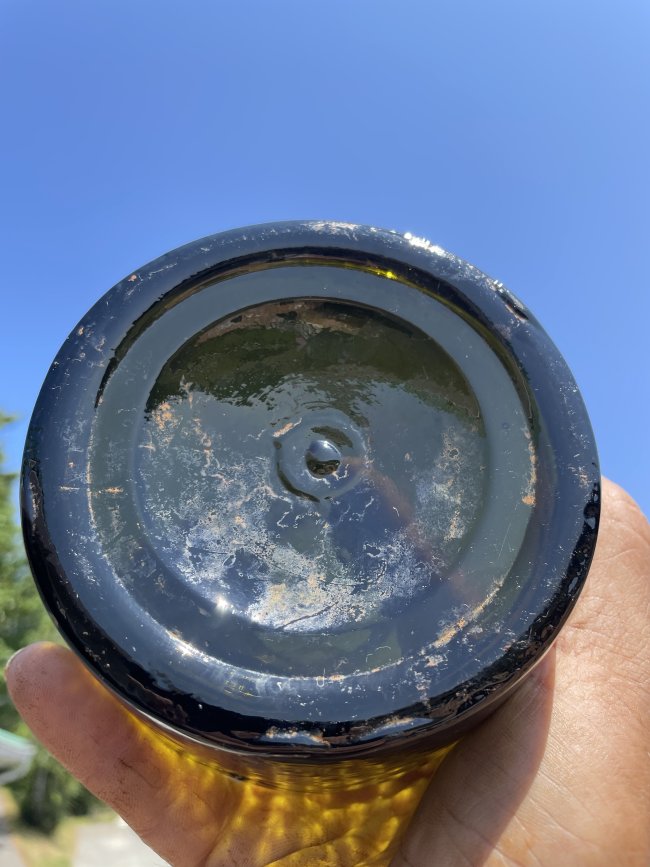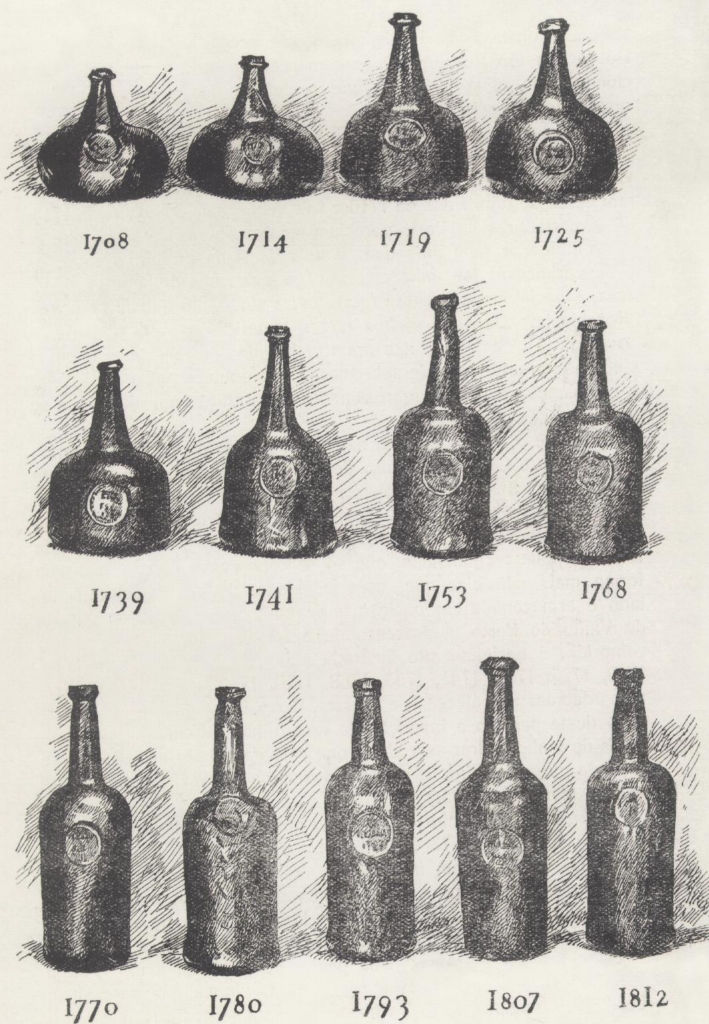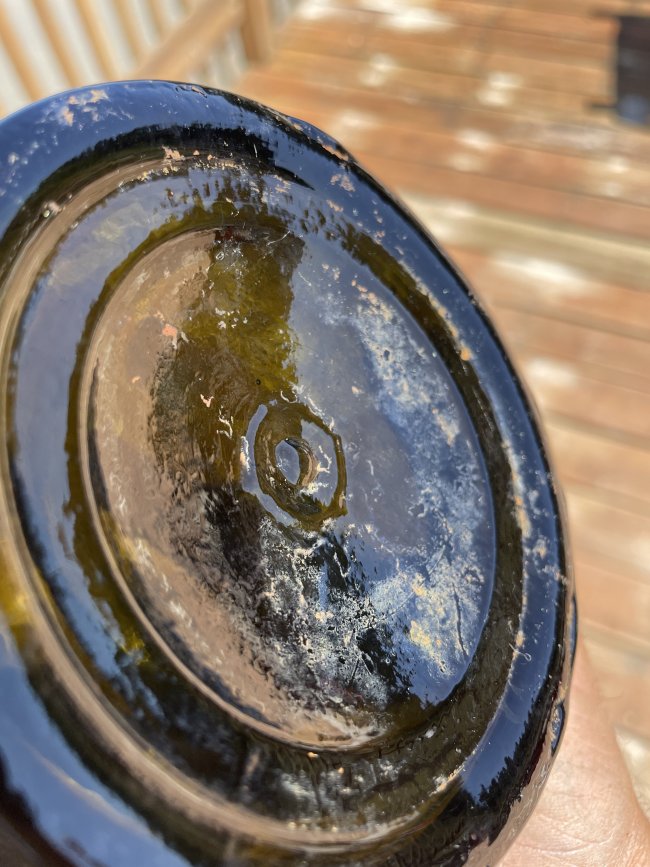Backyard goldmine
Well-Known Member
- Joined
- Feb 7, 2021
- Messages
- 95
- Reaction score
- 143
- Points
- 33
It looks like a 3 piece mold with a very crude finish. Reading about 3 piece molds gives centuries of dating possibilities. Obviously it won’t be all that old but I’m guessing pre 1890 because it’s not an improved finish?

